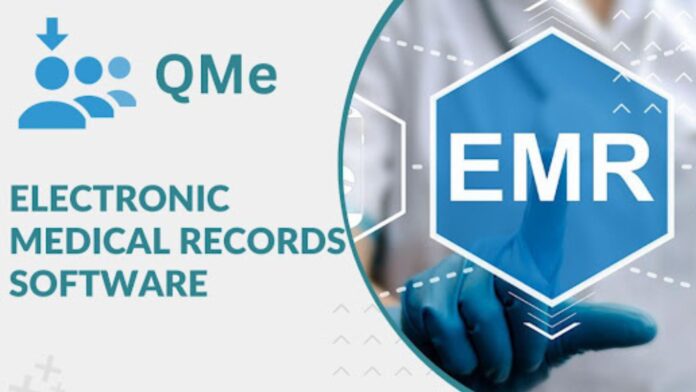In the ever-evolving landscape of the healthcare sector, the integration of Electronic Medical Records (EMR) software has emerged as a transformative force. As we witness rapid technological advancements, the QMe healthcare system software stands as a shining example of how digital solutions are reshaping the industry. Let’s delve into the key benefits that EMR software brings to the forefront of healthcare.
1. Enhanced Efficiency and Accessibility:
One of the primary advantages of EMR software lies in its ability to streamline workflows and boost overall efficiency. Digital records eliminate the need for paper-based documentation, enabling healthcare professionals to access patient information swiftly. This accessibility ensures timely decision-making, reduces administrative burdens, and facilitates seamless collaboration among healthcare providers.
2. Improved Patient Care:
EMR software empowers healthcare professionals to provide more personalized and efficient care. With a centralized digital platform, physicians can quickly retrieve patient histories, medications, and test results, leading to more informed diagnoses and treatment plans. This results in enhanced patient outcomes and an overall improvement in the quality of healthcare services.
3. Real-time Data Availability:
The QMe healthcare system software and similar EMR solutions enable real-time data entry and retrieval. This feature is invaluable in emergency situations, allowing healthcare providers to access critical information promptly. Immediate access to patient records can be a life-saving factor, especially in time-sensitive scenarios where every second counts.
4. Comprehensive Documentation:
EMR software facilitates comprehensive and accurate documentation of patient information. From medical histories to prescription details, the system ensures that all data is consistently recorded, reducing the risk of errors associated with manual record-keeping. This comprehensive documentation not only enhances patient safety but also aids in legal compliance.
5. Interoperability and Data Sharing:
The interoperability of EMR software allows seamless sharing of patient data among different healthcare providers and facilities. This connectivity promotes a collaborative approach to patient care, eliminating redundant tests and ensuring that healthcare professionals have a holistic view of a patient’s health history.
6. Cost Savings:
Transitioning to EMR software can lead to significant cost savings over time. The reduction in paper usage, improved operational efficiency, and minimized errors contribute to a more cost-effective healthcare system. Additionally, streamlined processes can lead to better resource allocation and financial management.
Conclusion:
The rapid progression of technology, exemplified by the QMe healthcare system software, has propelled EMR software to the forefront of the healthcare sector. The benefits of enhanced efficiency, improved patient care, real-time data availability, comprehensive documentation, interoperability, and cost savings underscore the transformative impact of EMR software on the healthcare industry. As healthcare professionals continue to embrace digital solutions, the future promises a more connected, efficient, and patient-centric approach to healthcare delivery.





















